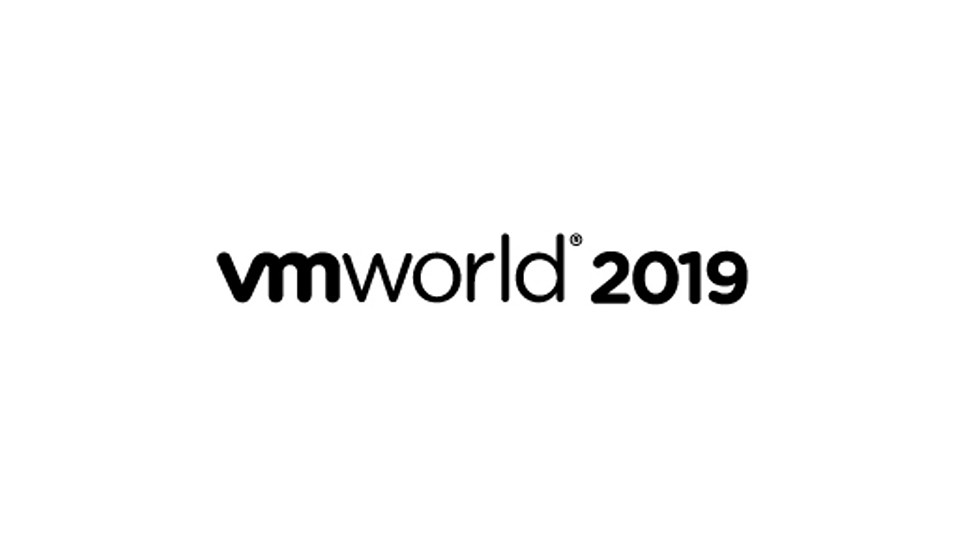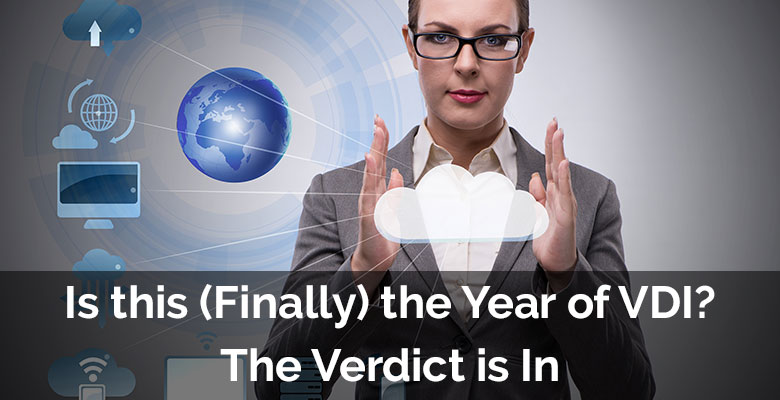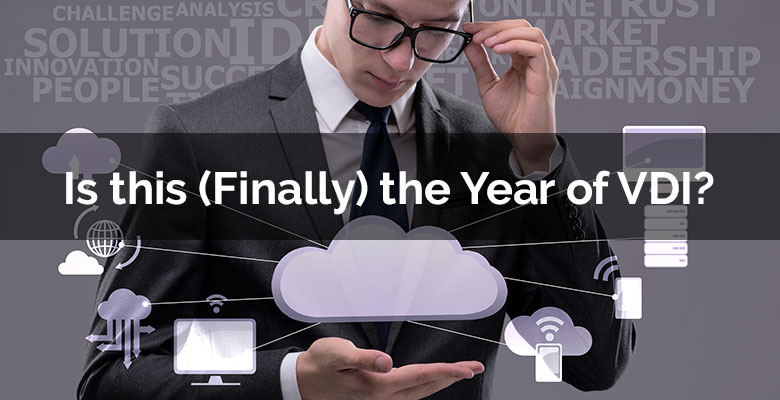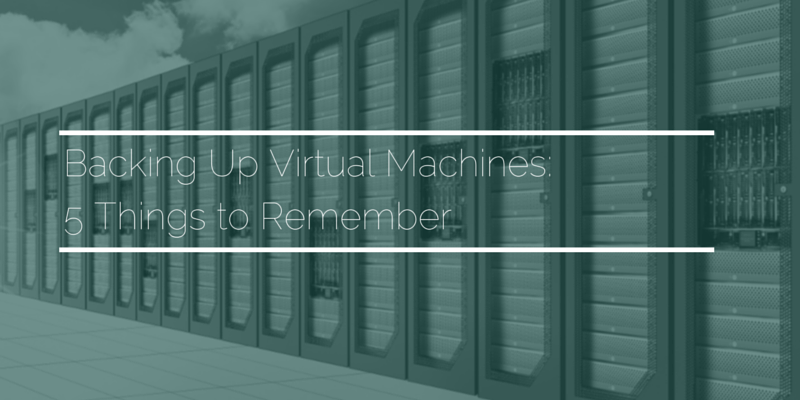As usual, VMworld was a whirlwind of announcements, presentations, demos, meetups and networking opportunities. It’s a week of non-stop activities and it’s hard (actually impossible) to soak up everything. But I did manage to glean quite a bit and wanted to share my thoughts on some of the highlights and key takeaways.
Read MoreLacking confidence in your disaster recovery (DR) strategy is not a situation any CIO wants to be in, particularly in the Financial Services sector. In this Q&A interview Daymark consultant, Matt Trottier, shares his experience of helping a financial services client re-architect their DR strategy to ensure failover if a real disaster were to occur.
Read MoreWhen virtual desktop infrastructure (VDI) first hit the market, the appeal of application control and security benefits were compelling, but early adopters found the stress on the backend infrastructure frequently caused performance issues and ultimately complaints from end users. Today, however, we’ve found that VDI can finally live up to its promises! We recently installed VMware View at a research lab in a major university. In this blog, Michael Chen, Daymark’s Senior Hybrid Datacenter Consultant, provides candid answers on The Lab’s deployment of VMware View.
Read MoreThe Mandalay Bay Hotel in Las Vegas was buzzing all week with activities surrounding VMworld 2017. Here are my takeaways on VMware’s many announcements:
VMware on Amazon Web Services: The big announcement was VMware’s GA release of cloud services for Amazon Web Services (AWS), both running on vSphere code on bare metal, and native services protecting and managing EC2 instances. The key thing to remember is AWS is just the start. This is the initial release and they will add on new features and functionality as they go. VMware's future aim is to add Azure and Google to this list as well, providing the same level of VMware service and functionality across all the major cloud vendors.
Read MoreIn last week’s blog "Is this (Finally) the Year of VDI?" I talked about how VDI has struggled to live up to its many promises and explained how security benefits and performance boosts from HyperConvergence are making VDI an attractive option to secure and support end users. Is wide scale adoption about to happen? Is 2017 finally the year of VDI? Read on to find out!
Read More
It’s become an industry joke that every year is the “Year of VDI.” While promising to be the be-all and end-all solution to everyone’s IT woes, it’s never really lived up to the hype. Sometimes the issue is cost; other times it’s concerns about performance. And there’s also the problem of familiarity -- why break away from something you’re already comfortable with? Not to mention that supporting a VDI environment falls in that weird gray area between infrastructure and end user support. Nobody that has worked on VMware environments for the last 10 years is particularly interested in troubleshooting Microsoft Office issues again. But there is a convergence of improved technologies and market forces creating a perfect storm as to why you should begin seriously considering implementing VDI in your environment, if you haven’t done so already.
Read MoreData protection. Storage professionals have been worrying about securing, backing up, and restoring data pretty much since computers came into use. And just when you think you’ve got it figured out, there’s a new wrinkle – a new regulation, a new data source, a shorter backup window, and endless new technologies to manage it all. Here are answers to some of the most frequent questions our customers ask in the never-ending battle to protect data and manage data growth:
Q. What’s the most common missing element in an enterprise’s data protection strategy?
A. Two things come to mind – First, an active and consistent review of backup success, as indicated by the ability to perform an effective and timely restore. And second, a lack of policy based backup that mirrors the enterprises’ document retention requirements.
Read More
For many virtual desktop users, the most frustrating time of day is the morning. This is when users arrive at work and, en masse, attempt to boot up their virtual desktops. This can trigger a so-called boot storm. During a boot storm, the demand is too high for the network to handle effectively, causing sluggish performance and driving users—who are just trying to start their workdays on the right foot—crazy.
Read MoreVirtualization Changed Everything
While we may all be familiar with virtualization at this point, we are still feeling its significant impact on our data centers. What was once sprawling racks of servers has been consolidated into ever-smaller hardware packages. With the advent of cloud computing, your hardware footprint could in fact be zero! However, despite the technology making our lives so much easier, it’s important to consider that our responsibility for these workloads remains the same.
Subscribe to the Daymark Blog
Latest Posts
Browse by Tag
- Cloud (68)
- Security (42)
- Microsoft (38)
- Azure (35)
- Partners (32)
- Data Protection (29)
- Data Center (26)
- Backup (24)
- Daymark News (23)
- Compliance (20)
- Data Governance (18)
- Veritas (18)
- Virtualization (18)
- Storage (17)
- CMMC (13)
- Cloud Backup (13)
- Cybersecurity (13)
- Disaster Recovery (13)
- Managed Services (13)
- Government Cloud (10)
- Featured Gov (9)
- Industry Expertise (9)
- GCC High (7)
- Networking (6)
- AI (5)
- Hybrid Cloud (5)
- NIST SP 800-171 (3)
- Reporting (3)
- Copilot for Microsoft 365 (2)
- GDPR (2)
- Services (2)
- Cloud Security (1)
- Mobile (1)
- Reporting-as-a-Service (1)













